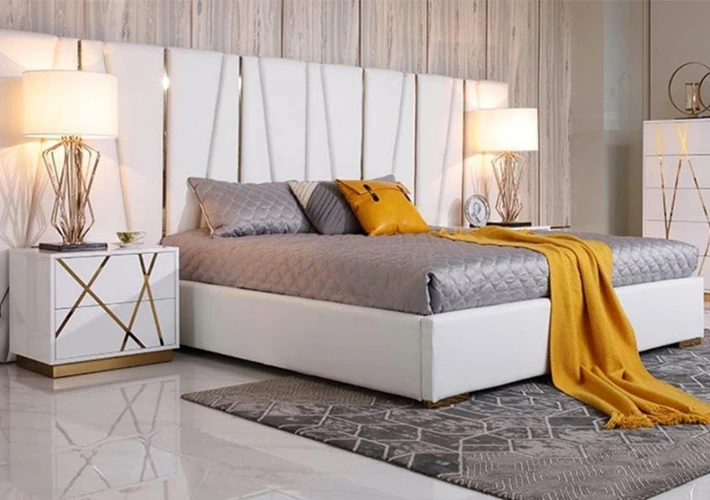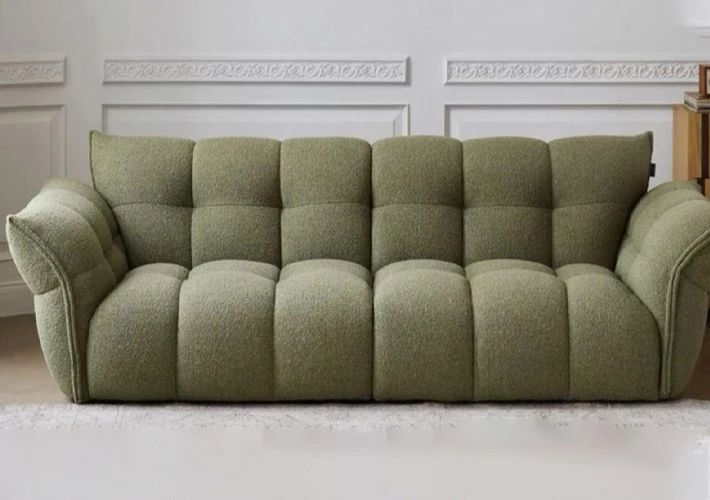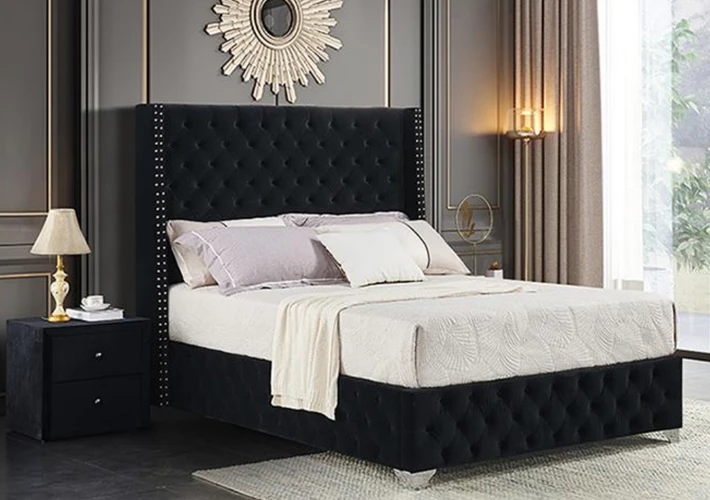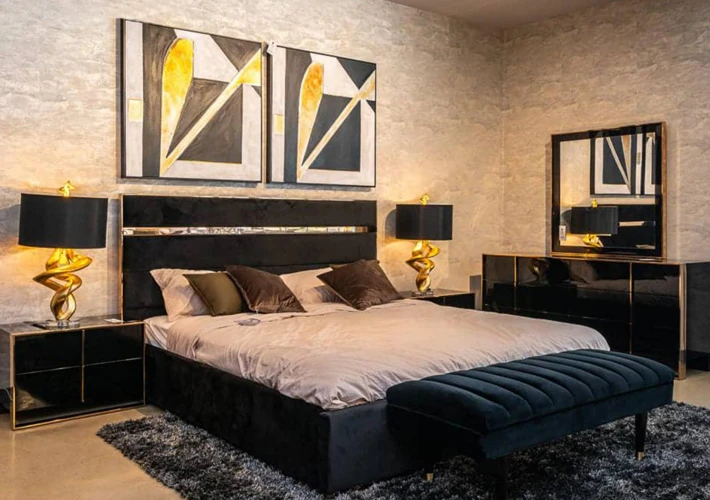Nos sites
PHOTOS ET OUTILS DE CONCEPTION
IDÉES DE CONCEPTION
- Application of Black Mirror Panels in Hotel Decoration
- Benefits of Using Acoustic Panels in Hotels
- How to Choose Materials for 5 Star Hotel Bathroom Design
- Best Hotel Rest Area Design Ideas for Luxury & Comfort
- What Are Some Commonly Used Wall Panels in Hotel Bathroom Design?
- How to Choose Luxury Hotel Furniture for a 5-Star Guest Experience
- Top Trending PVC Wall Panel Designs for 2025
- Hotel FF&E Design Trends 2025 | China Hotel FF&E Manufacturer & Supplier
CHAMBRES ET ESPACES
- How to Choose the Right Bed for a Hotel?
- Popular Colors and Applications for Acoustic Panels
- Wooden, Metal or MDF? Best Materials for Hotel Bedside Tables
- Best Hotel Room Furniture Suppliers for 3–5 Star Hotels
- What Are the Advantages of Acoustic Panels for Office Use?
- Modern Hotel Furniture Trends and FF&E Packages for US Resorts
- What is the Furniture Used in a Hotel?
- Best Acoustic Panels for Studios, Theaters & Conference Rooms
COMMENT INSTALLER
- How to Install Bamboo Charcoal Wood Veneer
- Les panneaux acoustiques doivent-ils être posés sur les murs ou les plafonds ?
- Guide de pose des plaques de marbre en PVC, étape par étape
- Méthode d'installation des panneaux muraux en WPC
- Comment installer les panneaux muraux SPC ?
- Comment installer un placage en bois de bambou et de charbon de bois ?
- Améliorer la qualité du son avec des panneaux acoustiques
- Comment installer Bamboo Charcoal Wood Veneer ?
COMMENT NETTOYER
CHAMBRES ET ESPACES
- Key Installation Points of WPC Wall Panel Concealed Door Systems
- Customization and Wholesale Services of PVC Marble Sheets Suitable for Star-Rated Hotel Decoration
- Styles d'aménagement des chambres à coucher : Améliorer l'esthétique avec des panneaux muraux modernes
- Puis-je utiliser les panneaux muraux SPC dans une douche ?
- Guide des types de panneaux muraux
LES MEILLEURS CONSEILS D'EXPERTS
- How to Shorten Hotel Guestroom Renovation Time by 30%?
- What Real Problems Will a Project Face If CE Documentation Is Incomplete?
- Bamboo Charcoal Wood Veneer Price Guide & Global Market Trends
- Top WPC Wall Panel Manufacturer and Factory for Global Projects
- Top 10 Best Acoustic Panels for Modern Interior Decoration
- How to Choose the Best Hotel Luxury Sofa for Your Project
- Latest Market Trends of WPC Wall Panels in 2025
- Common Sizes of Acoustic Wood Paneling: A Comprehensive Guide for Global Buyers
APPRENDRE LES BASES
- What Is UV Marble Sheets Made Of?
- Price Trends of Bamboo Charcoal Wood Veneer Over the Past Five Years
- What is an SPC Wall Panel?
- Are PVC Marble Sheets Good or Bad?
- Quelle est la durée de vie des panneaux muraux en WPC ?
- What Are the 7 Components of the Hotel Concept?
- Complete Guide to PVC Panels for Shower Walls
- What Is the Difference Between WPC Wall Panels and SPC Wall Panels?
COLLECTIONS POPULAIRES
INSPIRATION
COLLECTIONS POPULAIRES
INSPIRATION
COLLECTIONS POPULAIRES
INSPIRATION
COLLECTIONS POPULAIRES
INSPIRATION
INSTALLATION ET CONSEILS
COLLECTIONS POPULAIRES
INSPIRATION
INSTALLATION ET CONSEILS
A propos de nous
EXPLOREZ LES ÉTATS-UNIS
INSTALLATION ET CONSEILS









